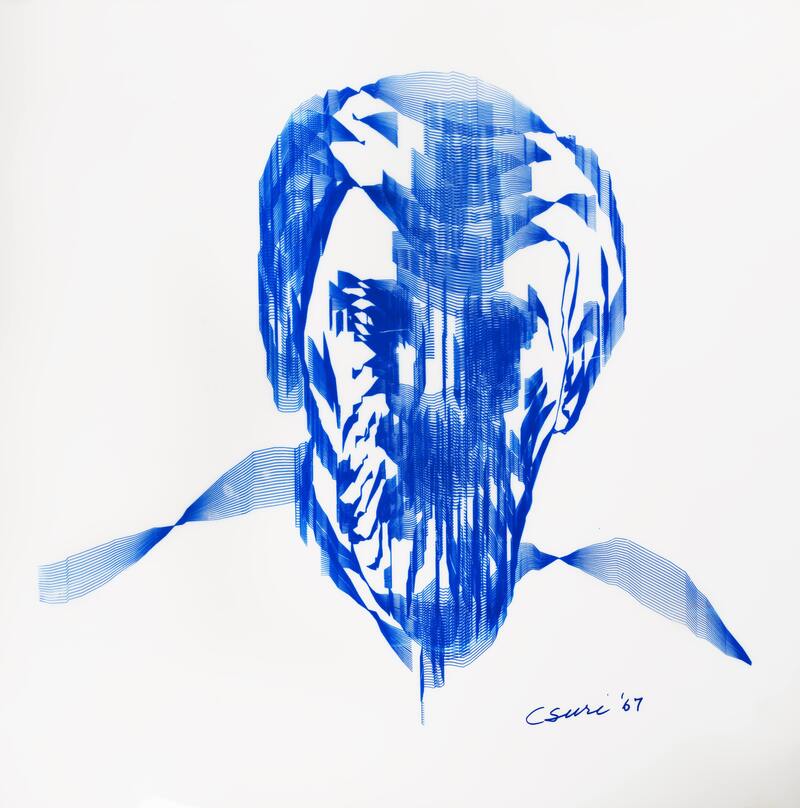
Dive deeper into the art world
New York, Whitney Museum of American Art
Allow me, AARON: the first AI for making art
The Whitney Museum in New York explores the history and development of AARON, the first AI for image creation. It was developed in the 1960s by Harold Cohen. The show also explains what distinguishes AARON from current AIs for image generation. Harold Cohen: AARON opens on February 3.
February 02, 2024
Permanent exhibition at the Berlinische Galerie: »Art in Berlin 1880 – 1980«
Berlin in transition: conservative, modern, non-conformist
From the German Empire to a divided city: Berlin's history was eventful in the 20th century. In the permanent exhibition Art in Berlin 1880 – 1980, the Berlinische Galerie presents in detail how the changes affected art. Paintings, prints and photographs, some of which have never been exhibited before, are also on display.
December 31, 2024




















